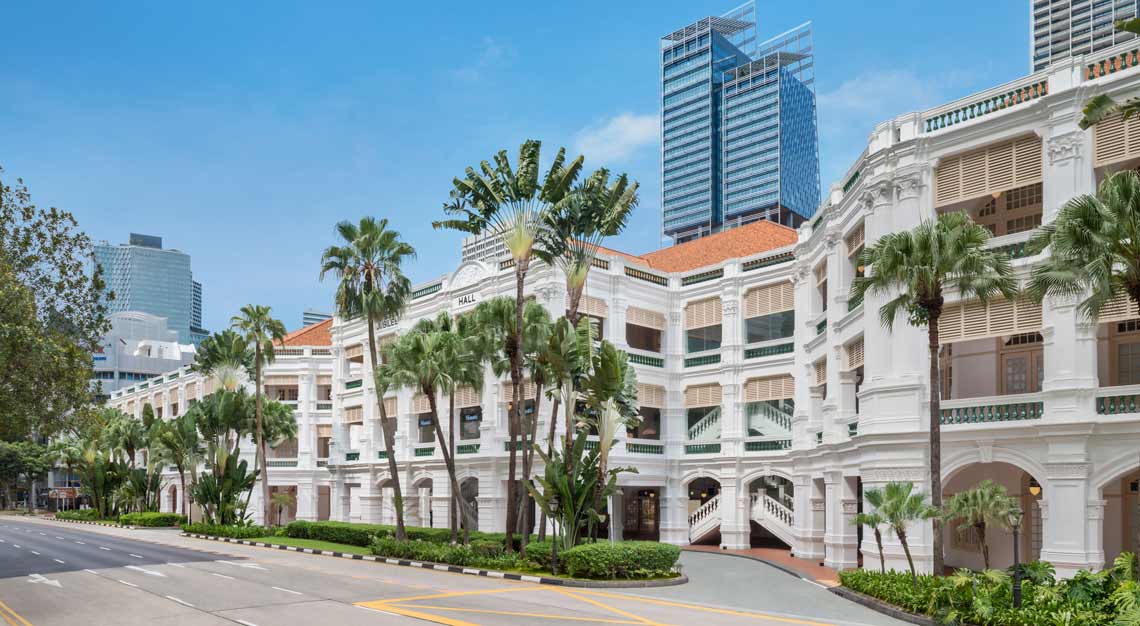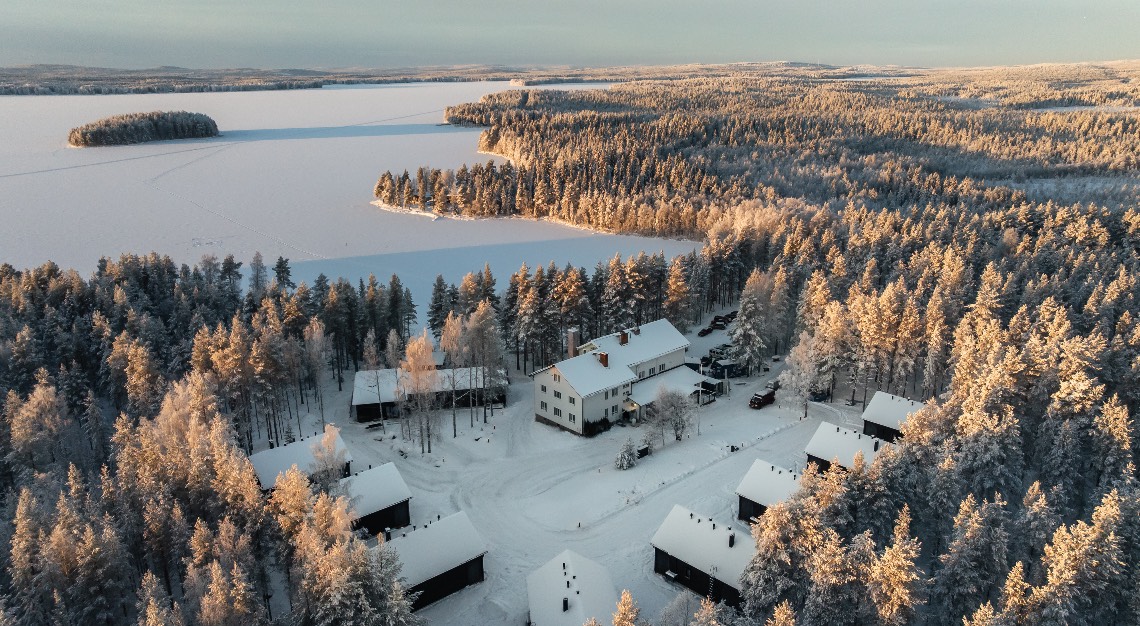Resting at the foot of sacred Mount Phousi, Amantaka is a charming 19th-century French colonial building with sprawling lawns, white walls and high ceilings
Editor’s note: See other Escape Plan stories here.
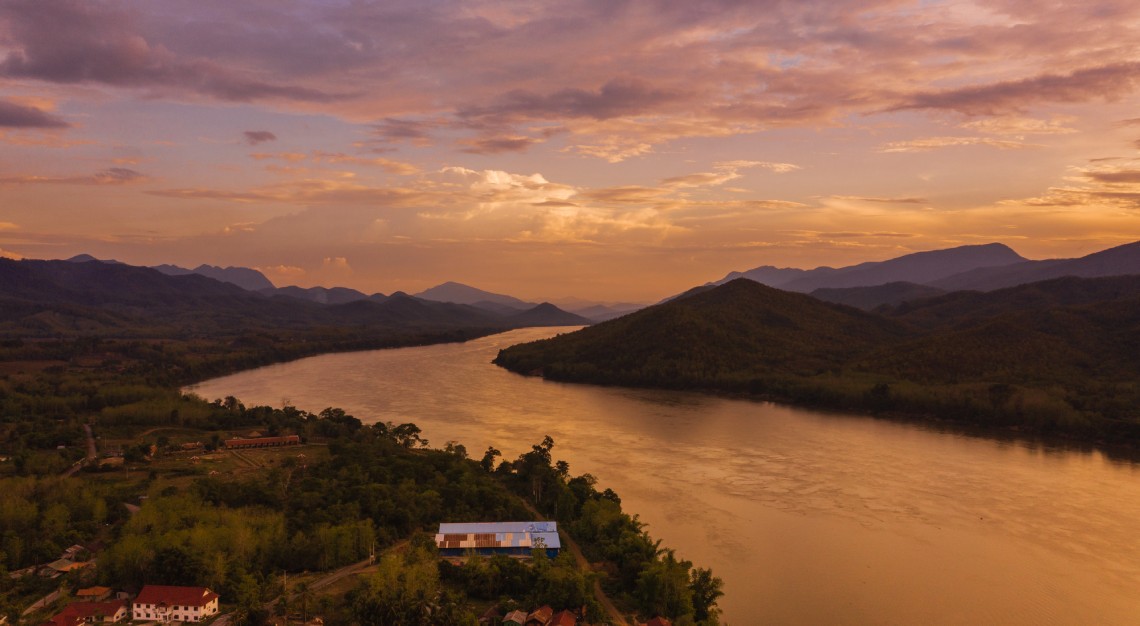
In the absence of skyscrapers and gridlock, Laos is as peaceful as it is forgotten. The country, landlocked by mountains and shaped by the Mekong river, is a mysterious presence in Southeast Asia. Life here is lazier than an Italian government; it is sleepy, it is charming, it is vulnerable. The French colonial rule was a 50-year siesta, and little has changed since the days of the 14th-century prince, Fa Ngum, whose ancient administrative system lasted until 1975.
Since Laos opened its doors to tourism in the 1980s, Luang Prabang has been a draw for visitors. For those keen on seeing the vanishing charms of old Indochina, the historic royal capital of Laos is an unspoiled paradise tucked away in the mountains of northern Laos. Once the cultural, religious and political centre of the country, it is now a remnant of another world, surviving on sticky rice, memory and tradition. It hasn’t remained untouched, of course, but as a UNESCO World Heritage Site, a great deal has been done to preserve the town’s architecture.
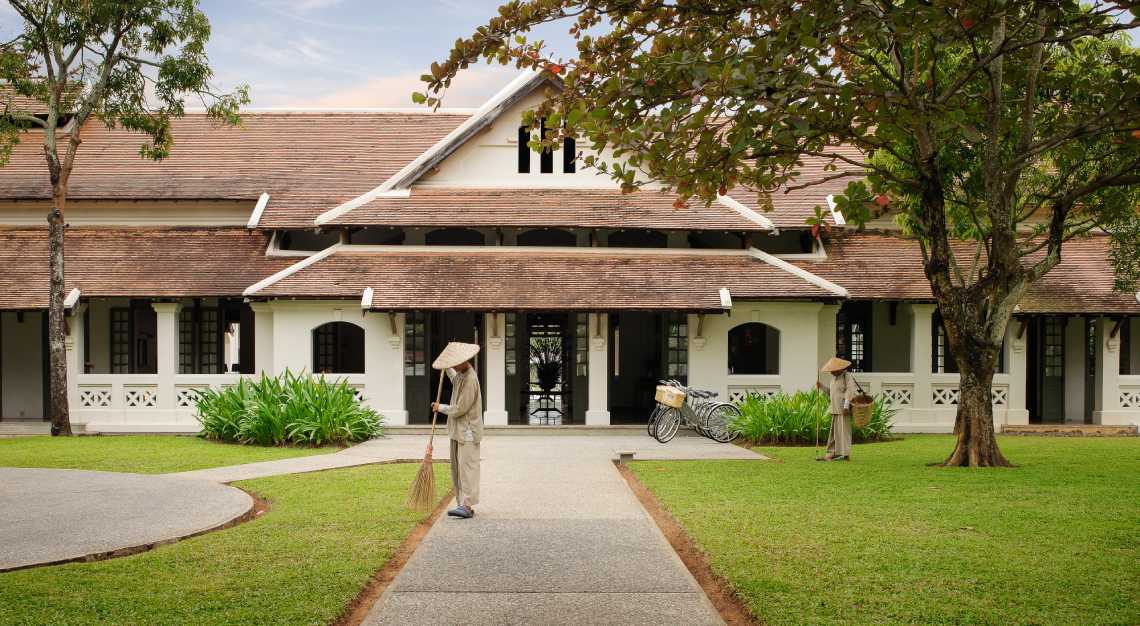
Best visited in the winter when you’re rewarded with cool 13-degree weather (do not let the rest of the year dampen your spirits), the best resort in the heart of Luang Prabang is perhaps Amantaka. Resting at the foot of sacred Mount Phousi, it is a charming 19th century French colonial building with sprawling lawns, white walls and high ceilings. Less is more here with its uncluttered minimalist feel, and you’ll still find yourself with everything you may need: a pool, spa, tennis court, attentive-but-restrained service, and a restaurant that you can count on. There’s western cuisine for the homesick and Laos for the culturally curious; buffalo, the number one meat in the country, is very good. So is the Nam Dib Khao, a delicious off-the-menu item made of sticky rice stir fried with coriander, peanuts, shallots and crumbled pork sausage for a touch of acidity.






Twenty-four suites surround the large pool and centrepiece garden, all with spacious indoor and outdoor living areas, and most with private pools. There are no televisions (unless requested), only unfussy wood furnishings, olive-green shutters, huge shower and bath areas, and black-and-white photographs of Lao monastic life. There is also a little wooden desk for getting some writing done. Legend has it that an author spent nine nights in the biggest suite working on a book about a ‘future Buddha’, or something like that.
But there is more to do than to write great novels in your suite. Get an oil-free Lao massage from the spa and have a dip. The pools are heated in the winter and if a pool party is what you need, a barbecue by your own pool can be arranged, accompanied by ethnic dances that range from elegant to slightly more upbeat. For the uninitiated, take a deep dive into Laos’ old court artistry with Tiao Nith, the first member of the former royal family to return to the country. To come back after 30 good years in France, it’s his way of giving back to his homeland, and to encourage the appreciation of art and religion in Luang Prabang. His work has even appeared at the Asian Civilisations Museum in Singapore.
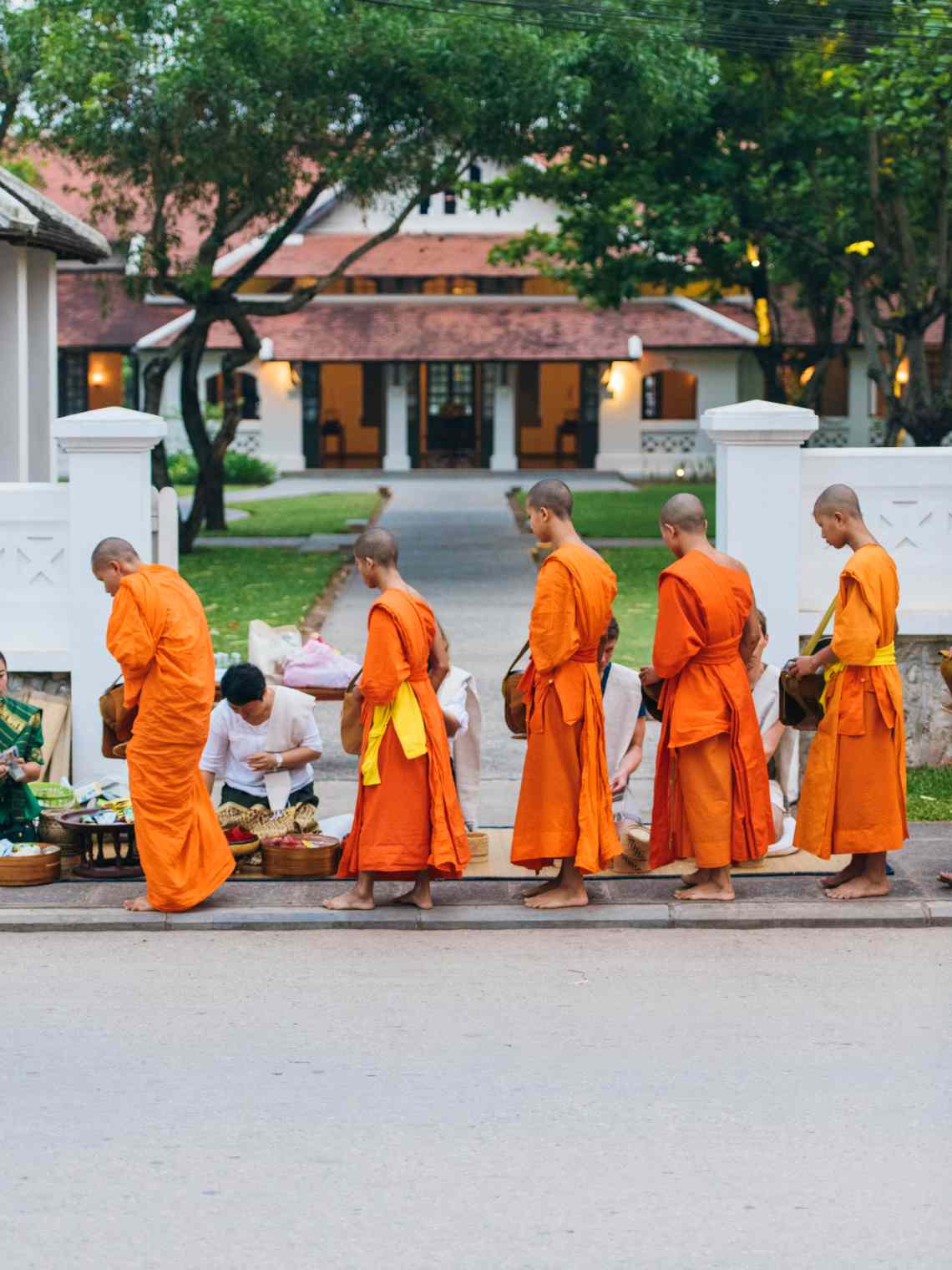
To gain extra merit from the local community, rise early and head to the resort’s front porch to partake in the silent, ancient ritual of Sai Bat, where Buddhist monks process through the streets in their saffron robes, collecting alms of sticky rice from townsfolk. After that, drive through the lush green countryside to a waterfall, right past stilt houses, scruffy dogs and families crouching around pots of food. An Aman breakfast by the Kuang Si waterfall is a must, followed by a dip in the water and a short walk to the bear sanctuary, where you’ll get to see sloth and moon bears up-close snoozing away. Poaching is an issue here in Laos, and there are only around 734 of such bears left in the country.
The bears are lovely, but the best way to end your time in Luang Prabang would be a trip to Amantaka’s organic farm. Here, you can get your hands dirty learning the backbreaking art of rice planting, steering Susan the water buffalo through the field, placing the seedlings and threshing the rice. Then, against the backdrop of the distant mountains and more water buffalo wallowing in the rice paddies, you will help prepare a feast of a lifetime. Cooked over charcoal stoves, you will taste the best sticky rice Southeast Asia has to offer, milky steamed fish, spicy papaya salad and more. It will be delicious and quite romantic, and hopefully, it will create memories as long-lasting as the Luang Prabang way of life.
